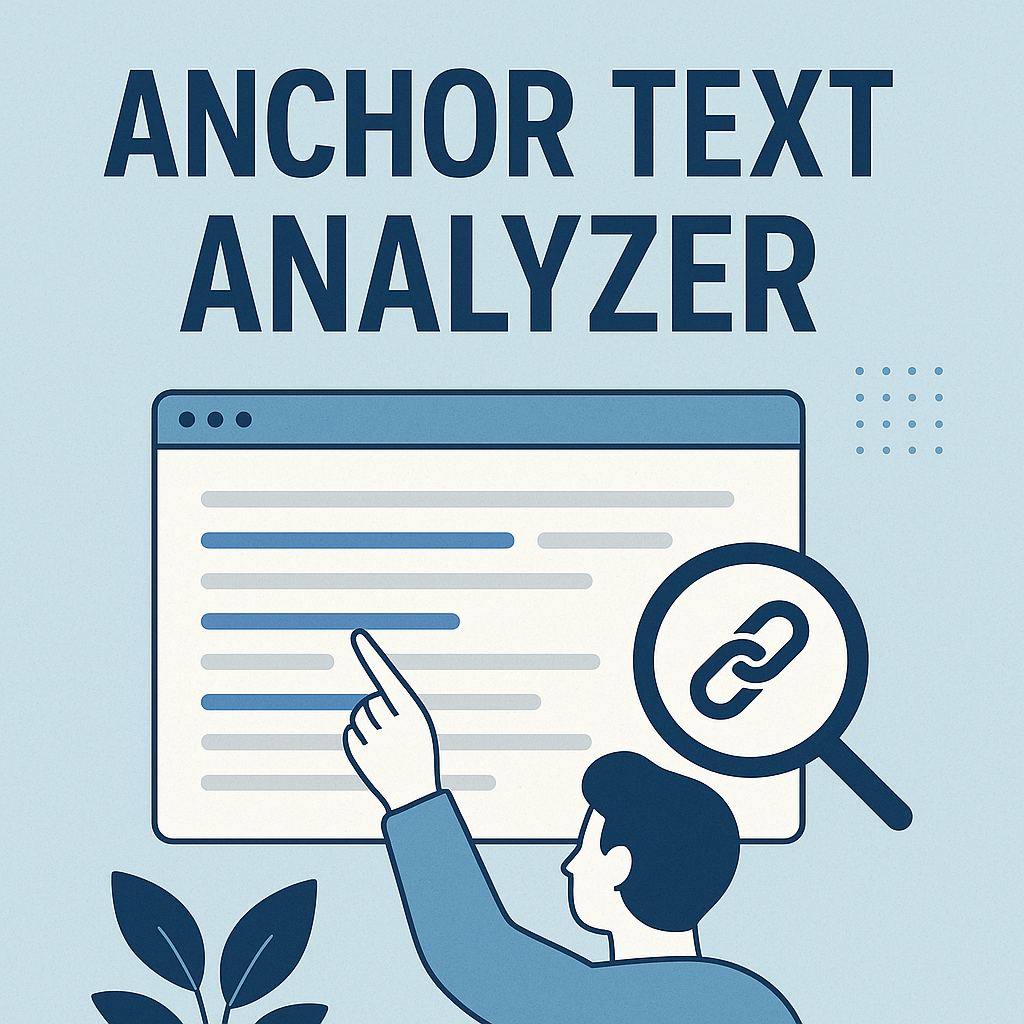The process of improving your online presence requires specific tools when working with a team. FTP access stands as an essential tool because it enables experts to edit files which affect your site’s performance directly. The tool functions as a protected pathway which connects your website backend to visibility improvement strategies.
The implementation of technical optimizations through server configuration changes and load time acceleration requires modifications to essential files including.htaccess and robots.txt. The absence of proper permissions prevents even the most qualified professionals from making effective changes. FTP protocols provide a secure method for update management through their implementation.
A trusted partner who receives access permission can handle complex tasks which affect search engine rankings. The process of fixing broken redirects and compressing images for faster delivery requires direct file management access. The correct implementation of these adjustments results in enhanced search engine rankings and improved visitor experience.
This guide explains how FTP supports technical improvements and demonstrates the importance of collaboration. The following guide provides essential information for businesses that want to expand their online presence through straightforward practical insights.
To understand digital trust better, it’s crucial to identify the certificate authority associated with a domain, especially when evaluating site security.
Key Takeaways
- Through FTP access users gain the ability to modify essential website files which leads to better SEO outcomes.
The trusted providers implement safe backend configuration updates through secure protocols.
The process of optimizing site speed demands modifications to server-level files.
The correct permissions enable full execution of technical SEO strategies.
Working with experts produces better search engine rankings and improved user experiences.
Understanding FTP and Its Role in SEO
The core of technical website management depends on File Transfer Protocol (FTP) which provides secure direct file transfer capabilities. Your device connects to the server that hosts your site through this digital highway which operates under the name File Transfer Protocol (FTP). The system functions as a fundamental tool for making hidden adjustments which maintain your web presence competitive.
Definition of FTP and Its Functionality
File Transfer Protocol (FTP) functions as a protocol which enables data transfer between networks. The system provides professionals with server-level access to upload files and download files and edit them directly on the server. The system functions as an essential infrastructure access tool for tasks which need precise execution.
Through FTP access teams can perform code updates and error fixes and media optimization without any delays. The process of swapping out heavy image files takes only thirty seconds through FTP access instead of requiring users to navigate through various dashboard menus. The quick nature of this system makes experts choose it for urgent SEO improvement tasks.
FTP’s Impact on Website Optimization
Through FTP users can perform direct server interactions to access advanced optimization capabilities. The.htaccess file modification and bulk metadata adjustment represent two typical applications of direct server interactions. The modifications made through these changes affect the way search engines crawl and rank pages directly.
| Feature | FTP Access | CMS Dashboard |
|---|---|---|
| File Transfer Speed | Instant | Slower |
| Security Level | High (with encryption) | Variable |
| Direct Server Control | Yes | No |
Web teams obtain essential server performance information through their use of FTP. The collected data enables teams to detect performance bottlenecks which impact user experience and search engine rankings. The combination of this protocol with contemporary content management tools enables a balanced implementation of technical and creative SEO strategies.
The following list includes fundamental SEO operations which need FTP access for completion
The execution of specific technical SEO operations requires direct server access for completion. Search engines use behind-the-scenes files to determine their interaction with your website. The need for FTP access enables professionals to perform exact modifications which dashboard systems cannot accomplish independently.
The.htaccess and Robots.txt Files need direct editing for proper functionality.
The.htaccess file enables server administrators to establish rules which control redirects and caching operations. The absence of FTP access makes it difficult to fix broken links and block spam bots through robots.txt because it leads to error-prone operations. The immediate application of these changes through direct editing prevents crawl errors which negatively impact search engine rankings.
The modification of essential files including functions.php and CSS requires immediate attention.
The modification of CSS stylesheets together with theme files such as functions.php affects both website speed and mobile device responsiveness. Manual code compression produces better load time improvements than plugin-based compression methods. The WordPress platform demands FTP access to solve theme-related user experience problems that occur between different themes.
| Task | CMS Dashboard | FTP Access |
|---|---|---|
| Edit .htaccess | Limited | Full Control |
| Update Robots.txt | Basic | Advanced |
| Modify CSS | Delayed | Immediate |
Handling files directly minimizes risks like incomplete updates. A misplaced comma in code can crash a website, but experts using FTP catch issues faster. This precision keeps your site secure and search-friendly.
Why does an seo company need ftp: Key Strategies Explained
Every successful website depends on advanced optimization tools which serve as strategic instruments. Direct server management stands as a transformative tool which allows exact modifications that boost search engine rankings.
Business owners often wonder what kind of ftp account do i need to give my seo company to ensure secure website optimization while maintaining control. Understanding why does an seo company need ftp access helps evaluate legitimate requests versus unnecessary access demands for basic SEO tasks. The question can you share ftp with seo firm requires careful consideration of security protocols and creating limited access accounts rather than sharing full administrative credentials.
Quick Common Asked Question and Answer
What kind of FTP access does an SEO company need and which type should you grant them?
An SEO agency needs FTP access to modify technical files including robots.txt,.htaccess, sitemaps and to resolve on-site problems that need file-level adjustments. You can share FTP access with an SEO firm but you should limit their access. Before sharing FTP access with your SEO company ask which type of FTP account they need then create a new user with restricted permissions to let them access only required files. The site remains secure through this method while optimization remains effective.
Precision Through Direct Server Control
Experts gain the ability to make changes through server file access which most dashboard systems cannot support. The direct modification of structured data markup through search engines enables them to correctly understand product listings and event details. The direct method of operation eliminates the need for plugins because they introduce extra code that is not required.
Server-level edits also resolve crawl errors faster. When search bots struggle with outdated redirects or broken links, immediate fixes preserve rankings. Teams using FTP protocols can update robots.txt rules within minutes—critical during site migrations or content reorganizations. Marketers seeking evidence-based strategies will find valuable takeaways in our article on why content marketing is important for B2B.
Structured Data and Redirect Mastery
Properly configured 301 redirects maintain link equity when pages move. Without direct server access, chains of temporary redirects might develop, diluting authority. Similarly, structured data embedded in HTML requires clean code formatting—easily achieved through manual edits.
| Task | Manual CMS Setup | FTP Configuration |
|---|---|---|
| Redirect Speed | Delayed | Instant |
| Structured Data Precision | Limited | Full Control |
| Error Resolution | Partial | Comprehensive |
Best practices include regular audits of .htaccess files and testing redirect chains quarterly. Partnering with skilled professionals ensures these technical tasks align with broader marketing goals. The result? Faster load times, clearer content signals, and sustained organic growth.
Leveraging FTP for Website Speed and Security
Balancing speed and safety is critical for modern website performance. Direct server access via FTP lets teams tackle both priorities efficiently, creating a smoother experience for users and search engines alike. If you want a quick list of creative prompts to improve keyword clustering, internal linking, and technical audits, our 50 Smart SEO Prompts for ChatGPT post covers all those areas and more.
Optimizing Site Speed Through Server-Side Adjustments
Slow load times frustrate visitors and hurt rankings. Experts who use FTP make server configuration adjustments to enhance speed. The implementation of GZIP compression enables file size reductions of 70% while caching rules provide faster page loading for returning visitors.
The speed of your website can be improved immediately by addressing performance bottlenecks that stem from unoptimized images and bloated code. WebP format replacement of large PNG files reduces page loading times by 50%. These modifications directly affect the scores of Core Web Vitals which serve as a crucial ranking factor.
| Optimization | Manual FTP Edits | Plugin-Based Fixes |
|---|---|---|
| Cache Setup | Custom rules | Generic presets |
| Image Compression | Lossless quality | Quality loss risk |
| Code Minification | Selective edits | Full-file processing |
Enhancing Security with Proper Logins and File Management
Secure login practices protect sensitive data. The use of encrypted protocols such as SFTP protects credentials from exposure during file transfers. The additional security measure of multi-factor authentication provides protection against unauthorized access.
File permissions matter too. The restriction of write access to critical folders helps prevent accidental overwrites. The regular auditing of user accounts helps to eliminate outdated credentials that remain on servers.
Practical security steps include:
- Encrypting connection channels
Updating passwords quarterly
Logging IP addresses for audits
The combination of speed optimization with strong security protocols establishes trust with users. The combination of fast interactions with visitors and search engine rewards for reliable performance creates a solid foundation for enduring growth.
Types of FTP and Their Relevance to SEO
Different file transfer methods exist with distinct characteristics. Businesses need to understand protocol differences to achieve security and speed goals while meeting technical SEO requirements. This article examines three popular file transfer protocols and their effects on website administration.
Differences Between FTP, FTPS, and SFTP
The first method for data transfer was FTP (File Transfer Protocol). The protocol functions adequately for standard operations yet fails to protect data through encryption which makes it dangerous for handling sensitive information. FTPS implements SSL/TLS encryption for secure transfers while SFTP establishes secure connections through SSH tunnels.
Here’s a quick comparison:
| Protocol | Security Level | Best For |
|---|---|---|
| FTP | Basic | Non-sensitive internal transfers |
| FTPS | High (SSL) | E-commerce or financial data |
| SFTP | Highest (SSH) | Highly regulated industries |
Selecting the Right FTP Method for Your Business
Security should be your top priority when you need to handle customer data or payment details. The encryption features of SFTP protect your site from breaches which could damage your reputation and search engine rankings. The setup complexity of FTPS makes it an appropriate choice for smaller blogs that require safety measures.
Server compatibility needs to be taken into account during your selection process. The hosting providers you work with will only accept certain protocols for their services. Page load time performance can be identified through peak traffic hour transfer speed testing.
Secure file transfers require more than protection measures. The process ensures search engines can accurately crawl your site while maintaining data integrity. The combination of appropriate protocol selection with regular audits helps maintain strong technical foundations.
Integration with SEO Tools for Seamless Website Management
A modern website achieves success when all its tools function as a single cohesive system. The connection between FTP and content management systems (CMS) enables strategic plans to become executable actions. The combined approach enables teams to execute updates at a faster pace without compromising technical accuracy.
CMS and FTP Integration Best Practices
The backend access of platforms including WordPress and Shopify remains restricted. The combination of secure FTP enables users to gain complete control over theme files and plugins. Best practices include:
- Using encrypted connections (SFTP) for data transfers
Synchronizing file edits with CMS update schedules
Creating backups before modifying core files
| Task | Manual CMS Edits | FTP + CMS Integration |
|---|---|---|
| Theme Updates | 30+ minutes | Under 5 minutes |
| Error Recovery | Restore points limited | Instant rollbacks |
| Multi-user Access | Conflicting changes | Version control |
Boosting Productivity with File Transfer Automation
Automation transforms repetitive operations into automated background operations. The tools WinSCP and Cyberduck enable users to perform the following functions:
The system compresses images before uploading them.
The system maintains server content synchronization through automatic updates.
The system performs link integrity checks following file transfer operations.
The agency achieved a 40% reduction in page load times through their scheduled file transfer operations. The agency implemented automated CSS minification and cached updated files when website traffic remained low. The system maintains website speed without requiring human supervision.
A reliable provider selection guarantees that your technology stack operates without interruptions. When CMS platforms and FTP tools share information, teams focus on strategic improvements rather than technical hiccups. The result? Higher search visibility and happier visitors.
Measures to Ensure Data Safety and Secure Access
The protection of digital assets begins with implementing absolute security measures. Every server file interaction presents security risks which demand non-negotiable controlled access. The implementation of multiple protection layers safeguards sensitive information while maintaining necessary technical access.
Building Fort Knox-Level Credentials
Strong passwords are just the beginning. The additional security measure of multi-factor authentication demands users to verify through codes or biometric authentication. Businesses should use role-based permissions to restrict access to critical files including databases and configuration settings to authorized personnel.
| Security Measure | Basic Protection | Advanced Protocol |
|---|---|---|
| Password Complexity | 8 characters | 12+ with symbols |
| Access Frequency | Unlimited logins | Session timeouts |
| User Permissions | Full access | Role-specific limits |




































![How Many Outbound Links Per Blog [2025 Updated]](https://backlinkmanagement.io/wp-content/uploads/2025/06/How-Many-Outbound-Links-Per-Blog.png)




![B2B and B2C Website Examples [2025 Updated]](https://backlinkmanagement.io/wp-content/uploads/2025/05/B2B-and-B2C-Website-Example-.png)



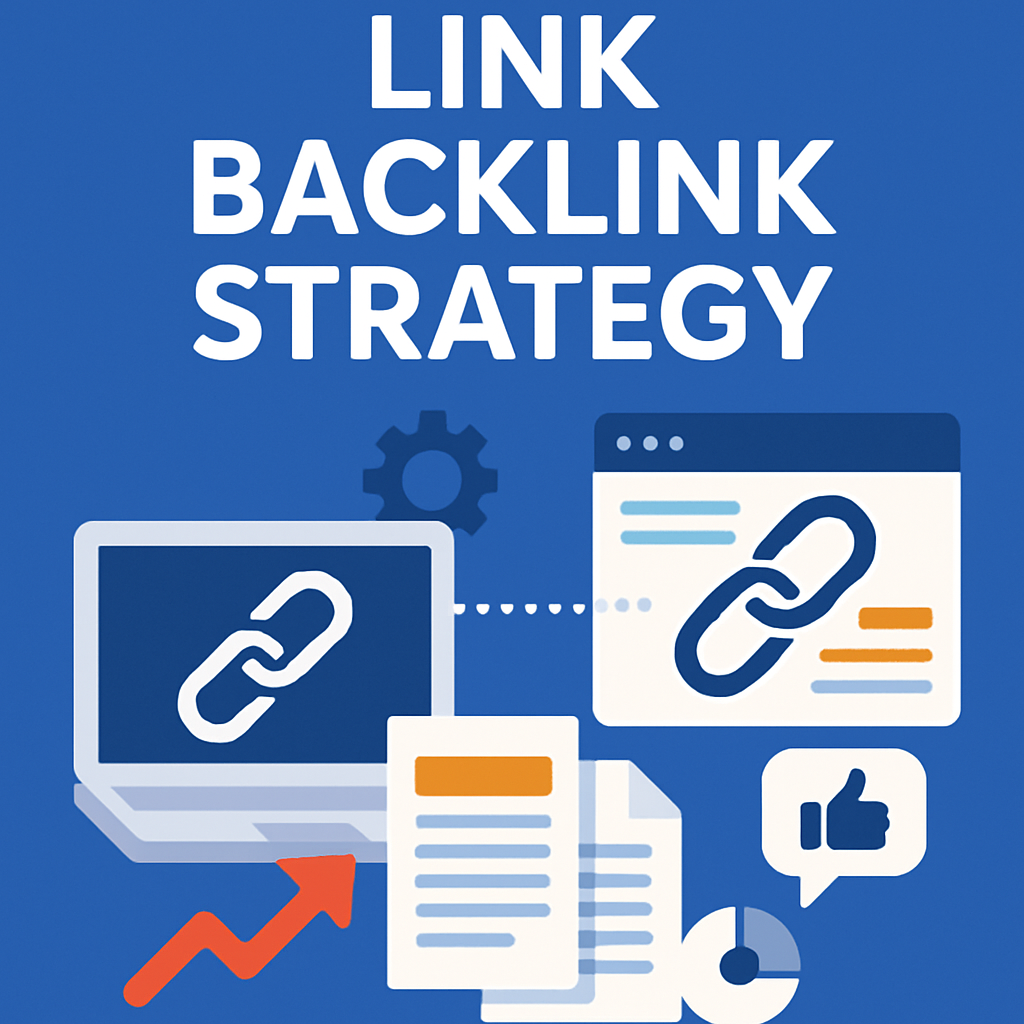





![What To Do After Keyword Research [2025 Guide]](https://backlinkmanagement.io/wp-content/uploads/2025/05/What-To-Do-After-Keyword-Research.png)
![Is Page Speed Really A Ranking Factor? [2025]](https://backlinkmanagement.io/wp-content/uploads/2025/05/Is-Page-Speed-Really-A-Ranking-Factor.png)









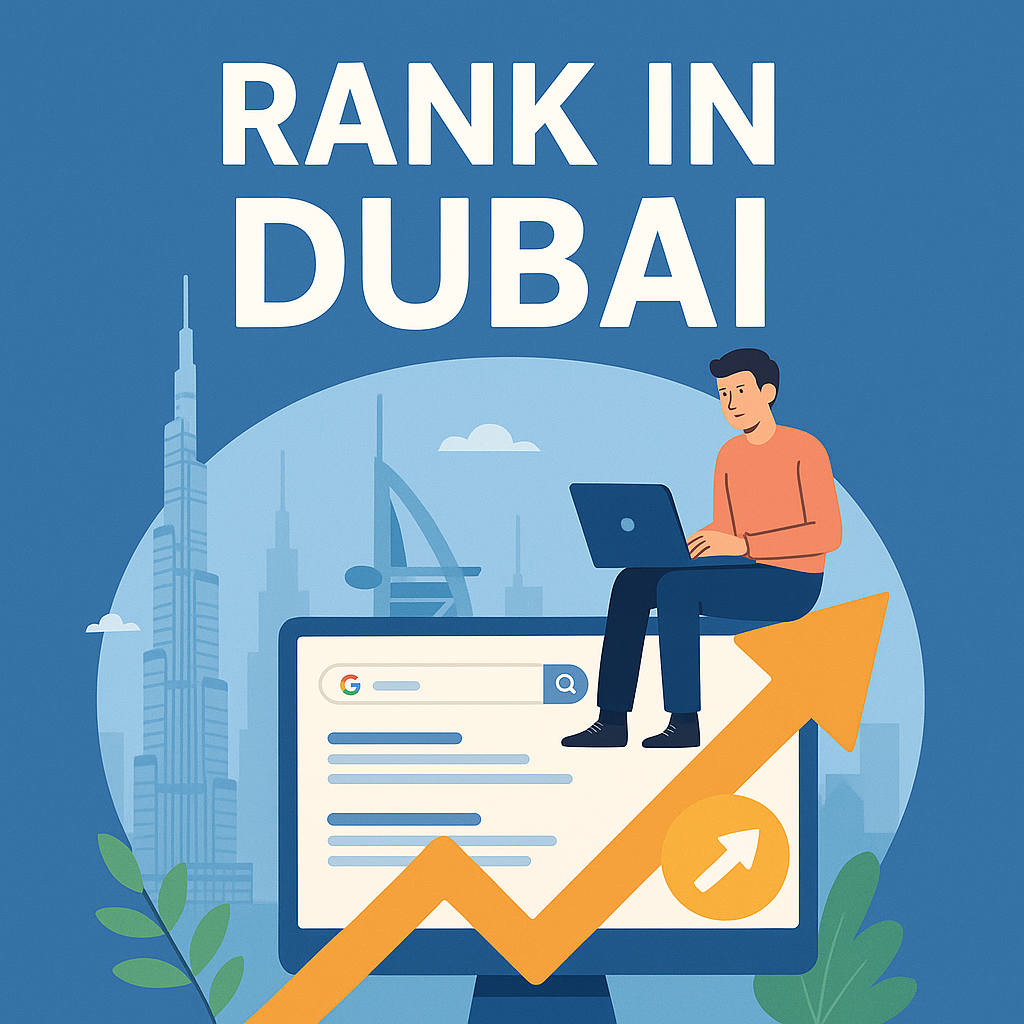










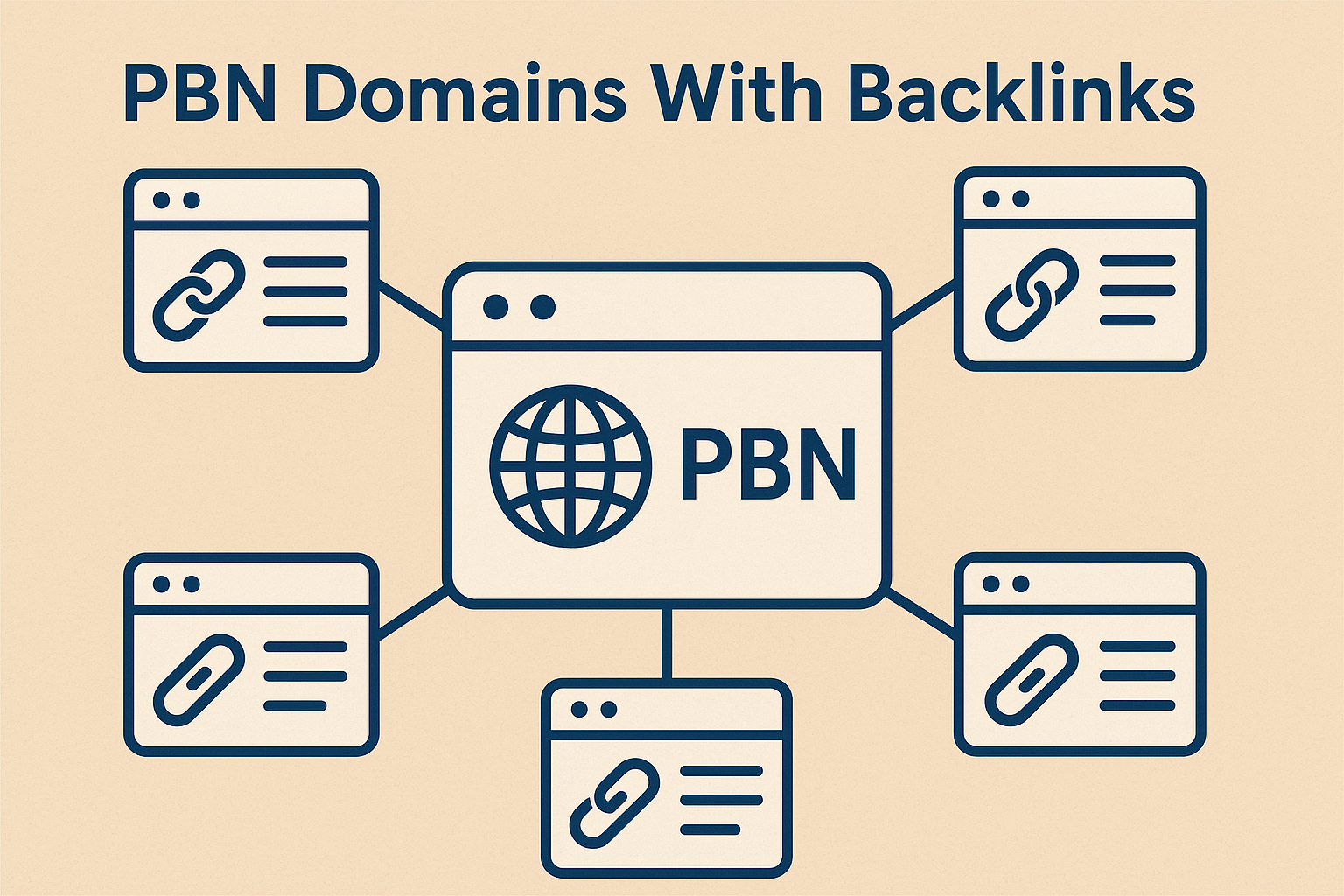

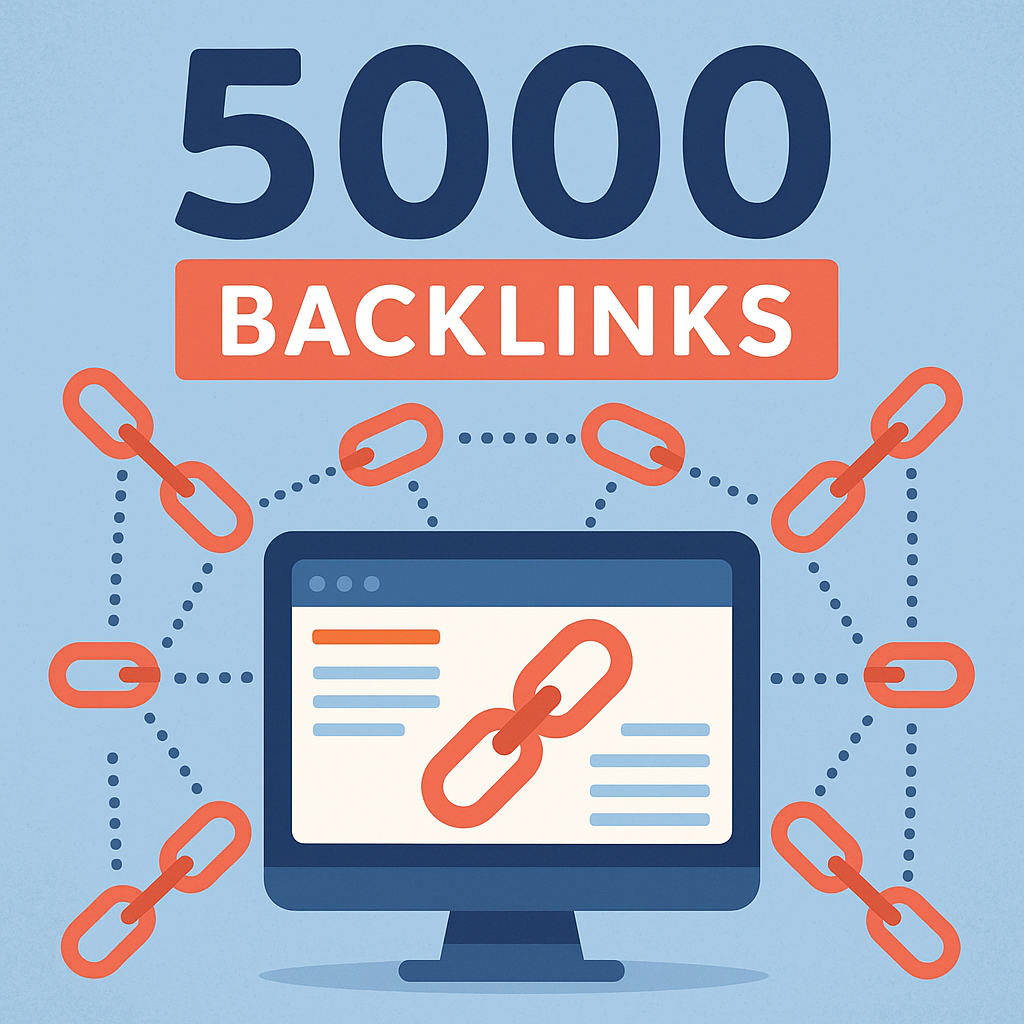







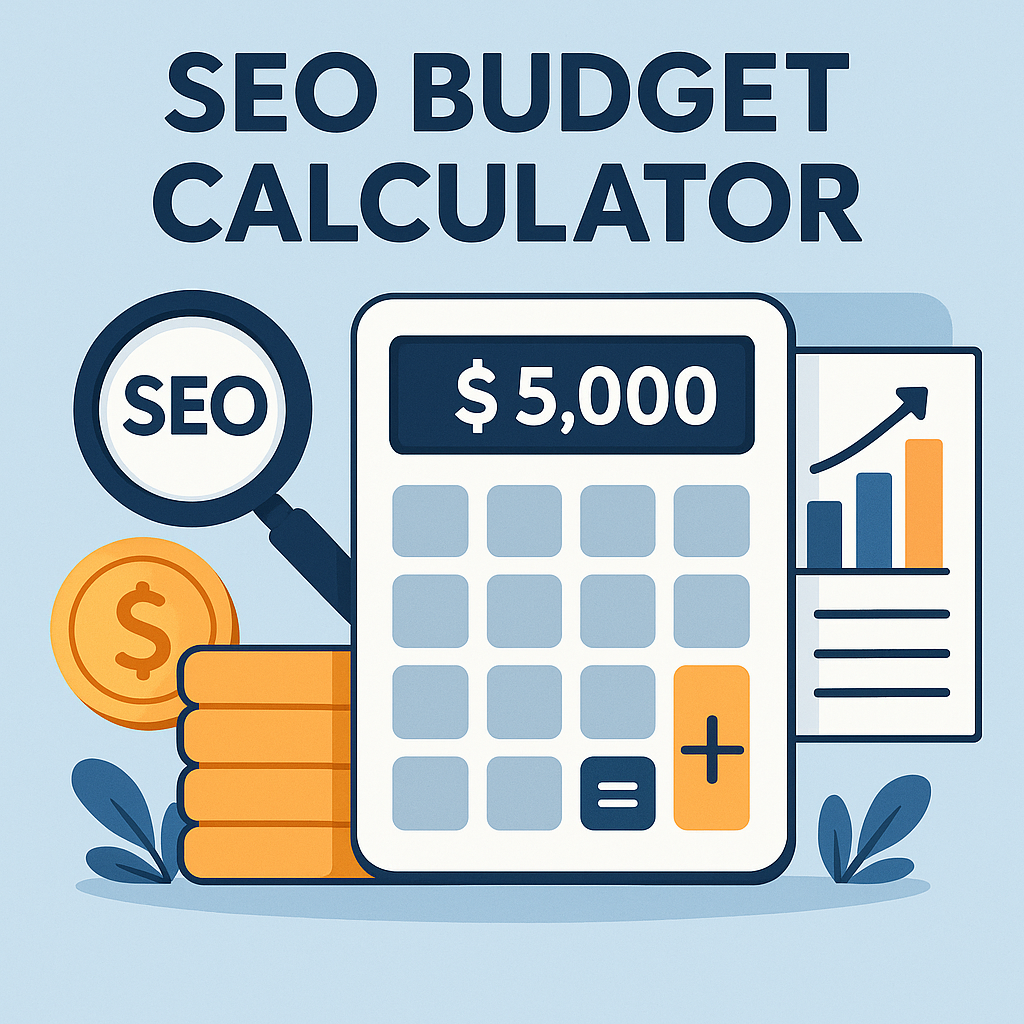




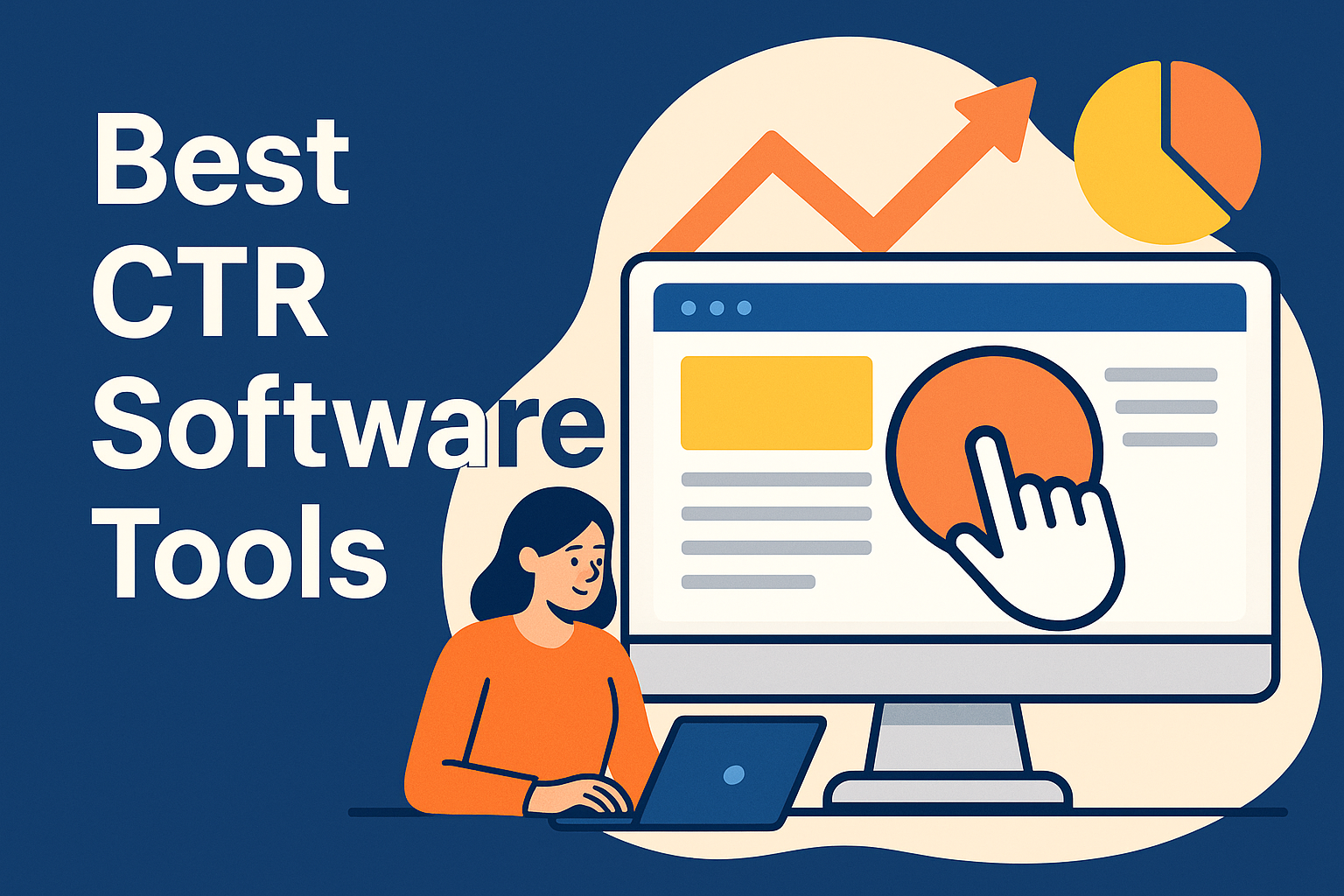
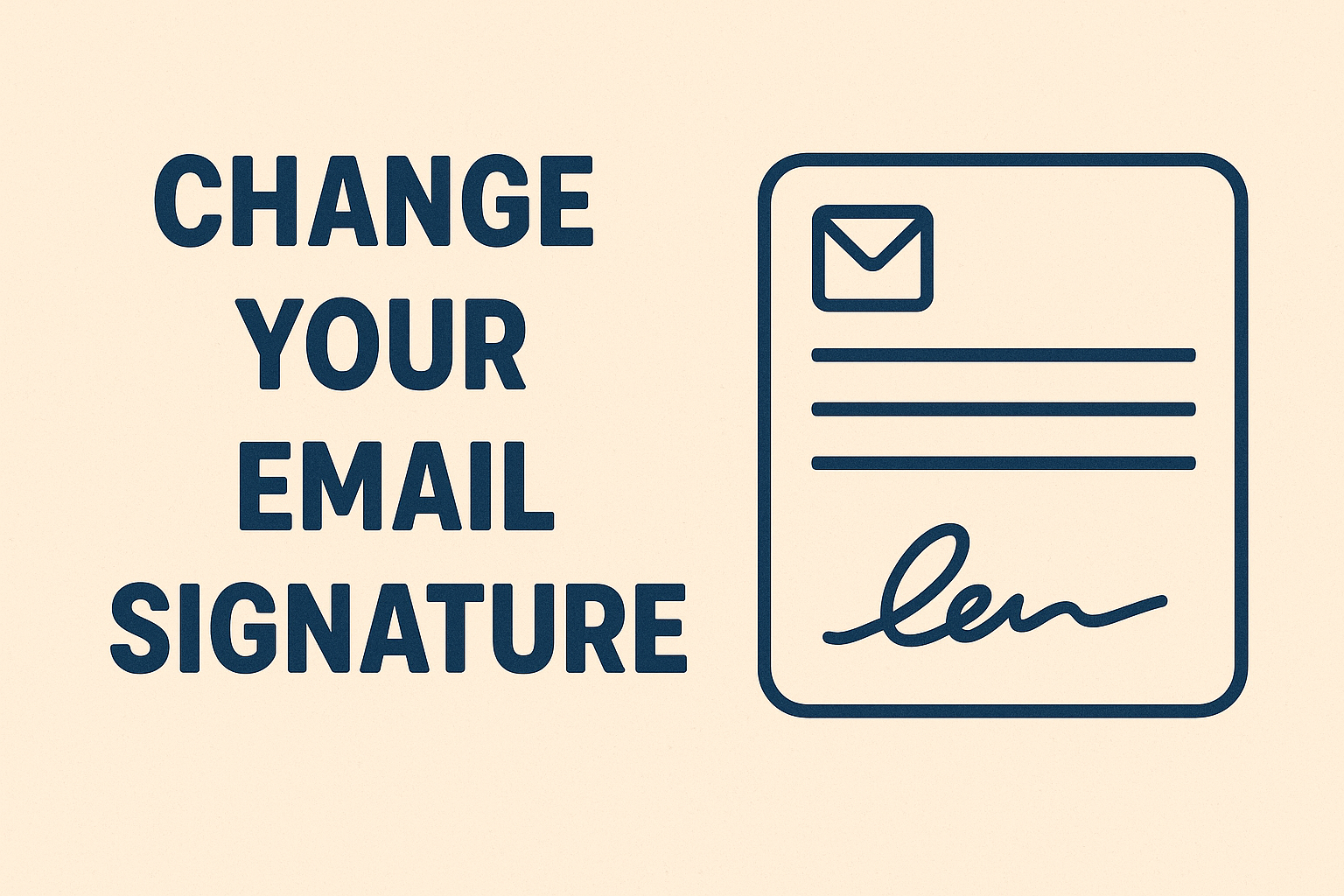



![Best Link Exchange Sites [Free & Safe] – Top 5 Picks](https://backlinkmanagement.io/wp-content/uploads/2025/04/Free-Link-Exchange.png)

